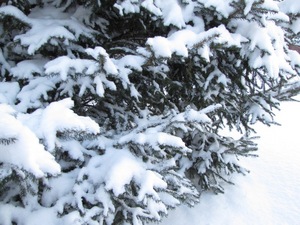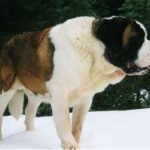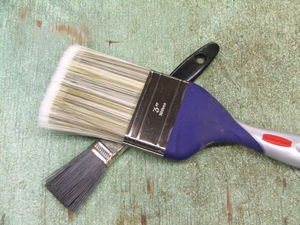Bivouacking; A place used to rest or assemble in a protected area. That is the definition of bivouacking. The term is used by many, that enjoy camping outdoors in the cold of winter. This article will give you some camping tips, to make your bivouacking experience successful.
In the early 1970’s, I trained with a National Guard unit and a group of militia from Norway. It was a joint venture, in winter survival, at temperatures below minus 35 degrees. Many of the camping tips, you get in this article, is what we used back then.
First, you must set up your bivouac site in a protected area. This could be a ravine or an area on the side of hill, that protects you from the wind. An area with a lot of brush and trees is also a good idea. You should be able to clear this area quickly of debris. This can either be burned or used as a wind break for your bivouac area. You can build a wind fence, by piling brush in the area that the wind is blowing from. This is usually the Northwest.
In pocket survival kit. You do not carry this in a fanny pack or rucksack. These are in your pant pockets always.
Never become separated from them for any reason. In a water proof bag, carry two boxes of water proof matches. You also want water proof fire starter sticks. You can carry them with the matches. A lock blade knife that is sharp. You also need a whistle, compass, magnesium fire starter (metal match), snare-wire, signal mirror, County map and fishing gear to make a quick fishing pole.
The proper camping tent to use is a wall tent. You can find one at Cabela’s. You can easily place an indoor heater inside this camping tent. They hold heat well in the winter. They are designed for winter use.
Sleeping warm is very important. You need more than a cold weather sleeping bag. Your sleeping bag must be properly sealed, to prevent the loss of valuable body heat. A well designed winter bag will have a sculptured hood for your face. This will help you expel moisture-laden breath. Use a fleece or wool sweater around your shoulders inside your bag. This helps keep heat from escaping. Insulate your bag from the cold ground. Use of a closed-cell foam pad is very important. If you use an air mattress, place padding on top of it. Air matresses attract cold quickly.
Sleep clothing. Never sleep in cotton clothing. It is a magnet for drawing in moisture from body sweat. Instead, use polypropylene. Never sleep in damp or wet clothes. Every day clothes can go between your bag and foam pad. Always wear a hat and sleeping booties. Body heat escapes quickly from these two areas. If you wear heavy duty winter socks, take them to bed with you inside your bag. Don’t lay on them. Place them to your side. when you get up in the morning, you will be glad that you did.
Other helpful night tips. Stoke your furnace before going to bed. Use a couple of hot water bottles to warm your bag before bed. Do light exercise before going to bed. Eat a good meal and drink plenty of liquid before going to bed. Re-leave yourself before going to bed. The less you get up the warmer you will stay.
Stoves are vital to survival. Before using any stove, read the directions and understand your stoves operation. Practice with it before you do your bivouacking. The worst thing in the world is not to know how to properly use your arctic stove. The Big Buddy Propane heater sold by the Bass Pro Shop is a good heater to have.
Outdoor Fires. Everyone appreciates a good outdoor fire in the winter. Make sure that it is at a distance from your tents and other equipment. Stoke it good before bed. This way you will have embers in the morning for restarting your fire. Use short thick logs. Avoid long and skinny branches. Thick logs will burn slower and hold heat better.
Winter dress. Layer yourself like an onion. You need an inner layer close to the body, two insulation layers, and an outer wind shell. Use only the best. The same with winter boots. the extra money that you spend is well worth it.
Food. Light weight ration ideas. Ramen noodles, nuts, power bars are great for quick snacks and meals. Checkout Enertia Trail Foods. You can get some good ideas from their web site. Finally, always keep yourself hydrated with water and juice. You will use just as must body fluid in the winter as you do in the summer.
Bivouacking in the winter is challenging, but can be very rewarding. You have to rely on survival skills and common sense. At the end of your bivouacking experience, you will have a feeling of great achievement.
sources; The Rucksack (the best outdoor source I have found)




